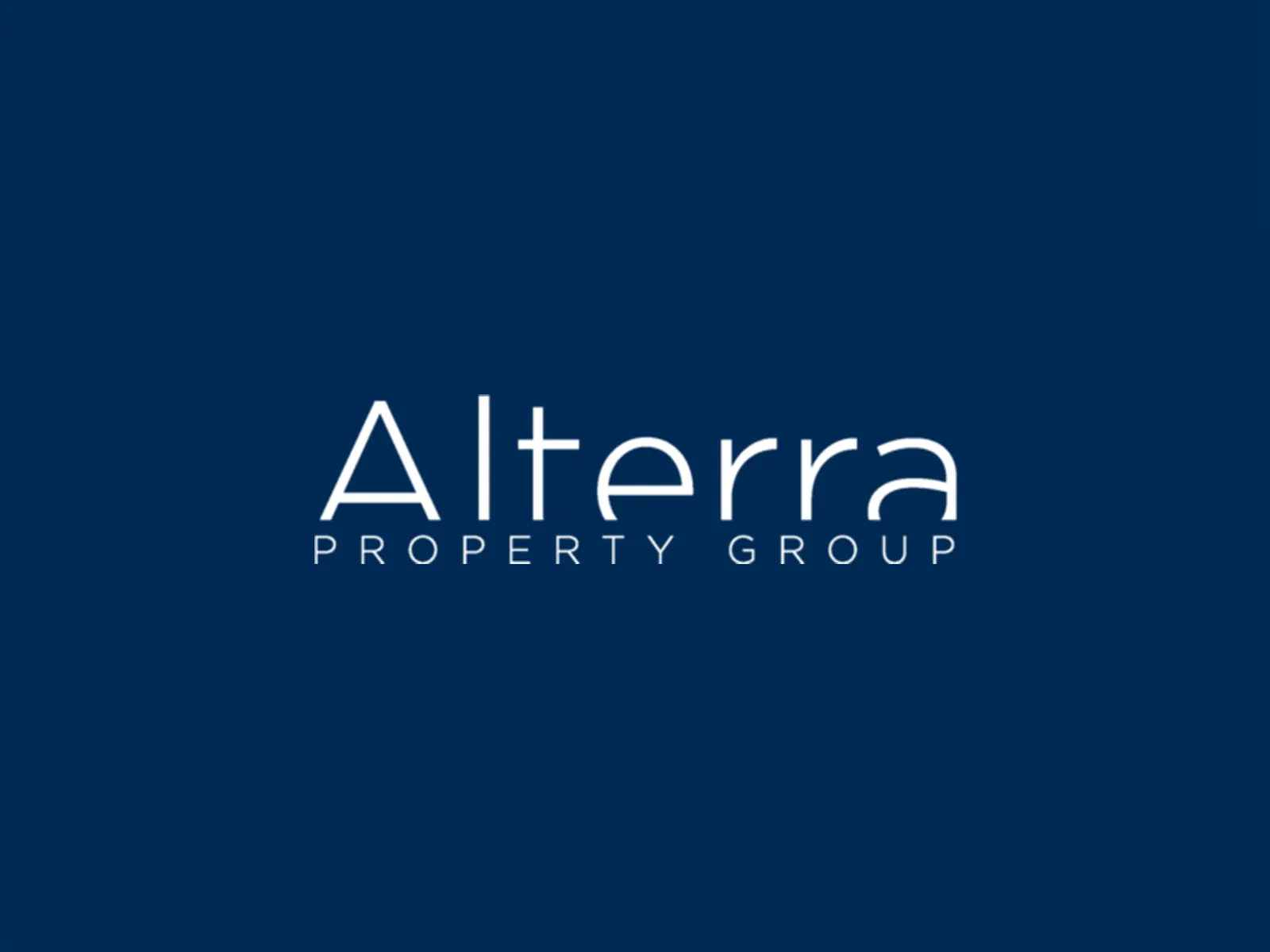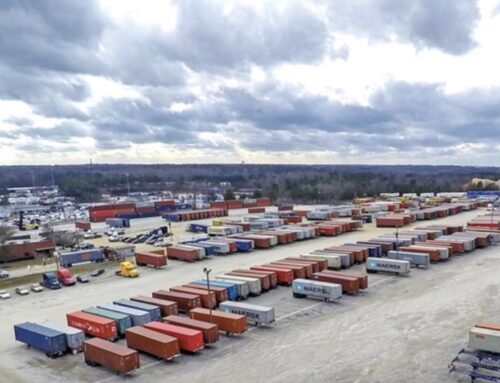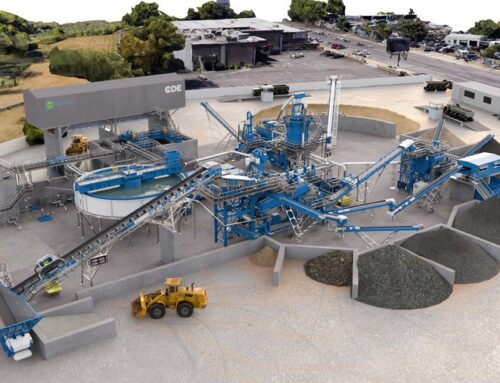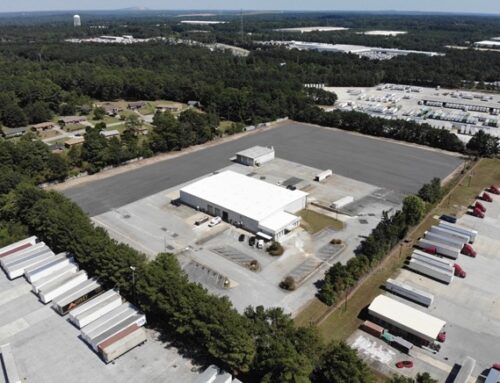Monday, July 29, 2013, by Zach Patten
Philadelphia is a city rife with reminders of what used to be. Take a drive through North Philly and you will be greeted by countless factories that once boomed with industrial promise, churches that once bellowed with harmonious melodies, and theaters that roared with frenzied howls of the world’s most enigmatic musicians and artists, all in a state of decay.
The bad news? Philadelphia has a lot of these buildings. The good news? Several have avoided the wrecking ball and been granted a second lease on life. Below is a map of 10 architectural relics that have been saved and repurposed via adaptive reuse.
Adaptive reuse is a pretty simple concept. Think of it as the midpoint between historic preservation and total demolition. Not every building needs to be preserved, but not every building truly needs to be knocked down either. Oftentimes, it’s cheaper to rehab an existing building rather than starting from the ground up.
Take Roberts Vaux High School in Brewerytown for example. A victim of this summer’s rash of school closings, let’s say that a local brewing company decides to take advantage of the neighborhood’s recent upswing and purchases the building from the district. The brewery gains approval for a rezoning classification, renovates it as necessary, and later reopens the building as its main bottling headquarters, complete with brewery tours and a restaurant adorned with historic photos of the neighborhood back when it was loaded with taverns. Suddenly, an abandoned school is transformed into a citywide attraction. And they’re hiring.
The best instances of adaptive reuse support the redevelopment of a building that no longer serves its original purpose while giving back to the community. While America is no longer the manufacturing powerhouse it once was, there is something poetic about looking past the joists and trusses that supported yesterday’s industry, in buildings now abuzz with educated young creatives thirsty for opportunity and growth.





